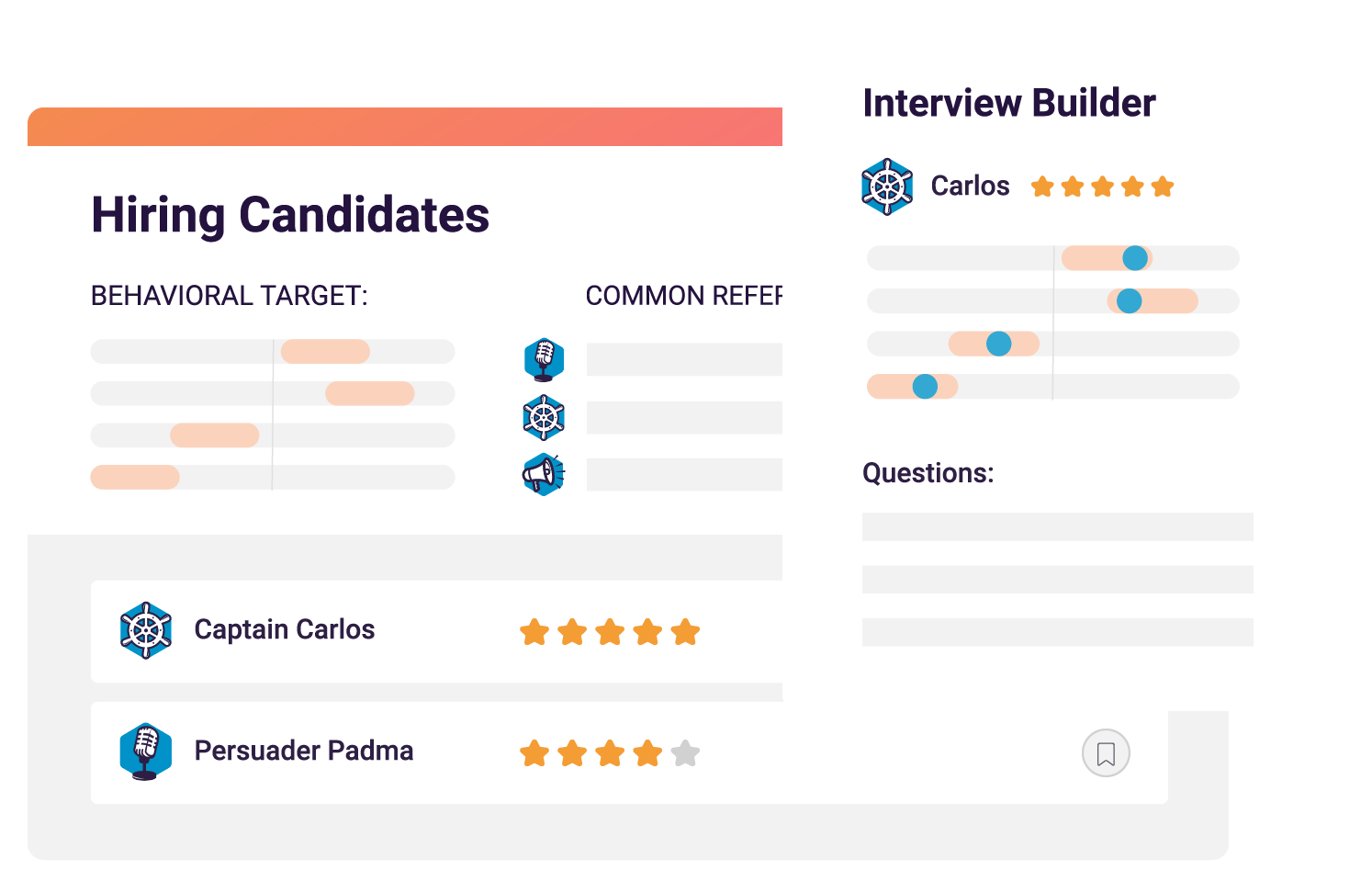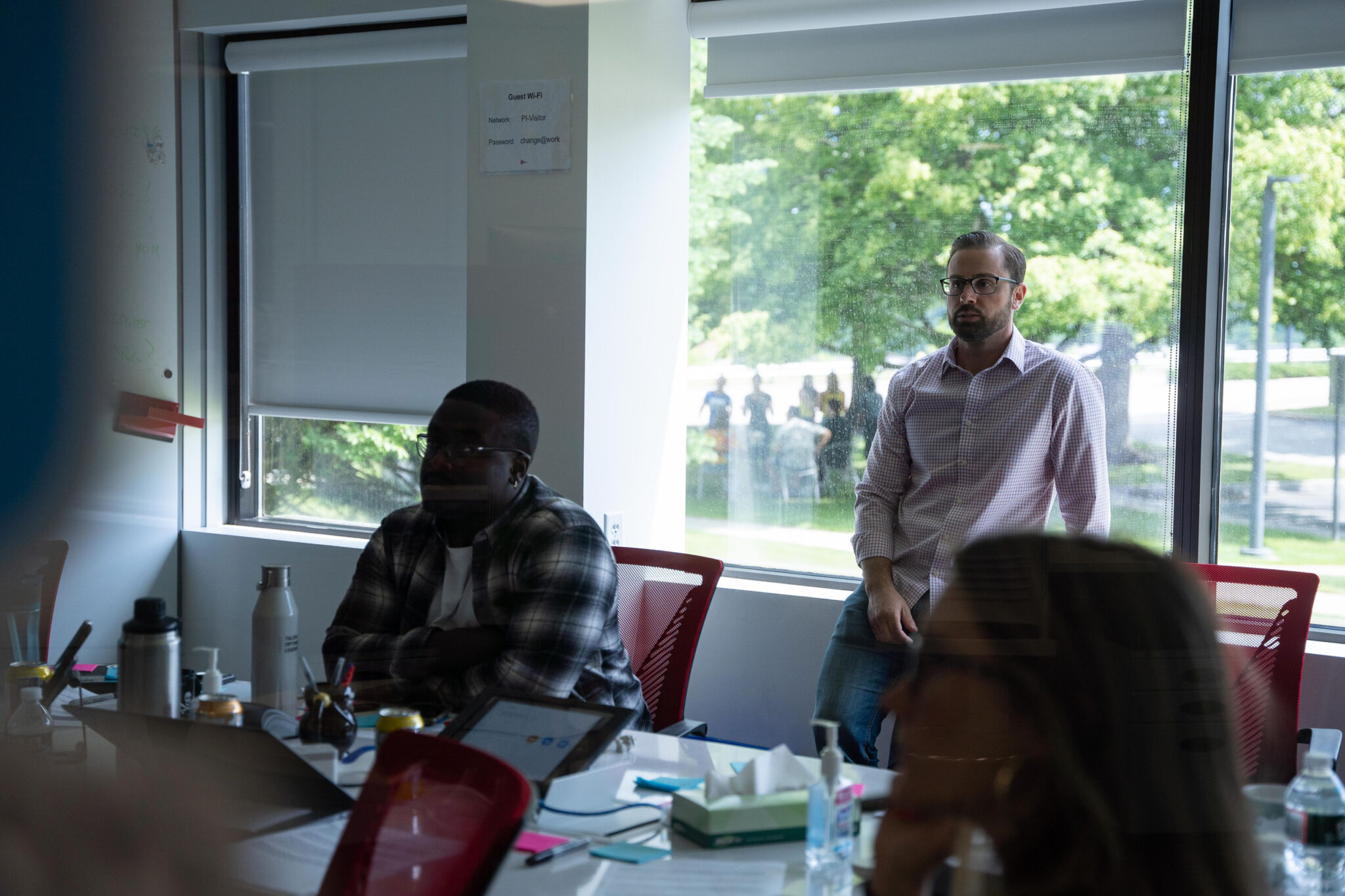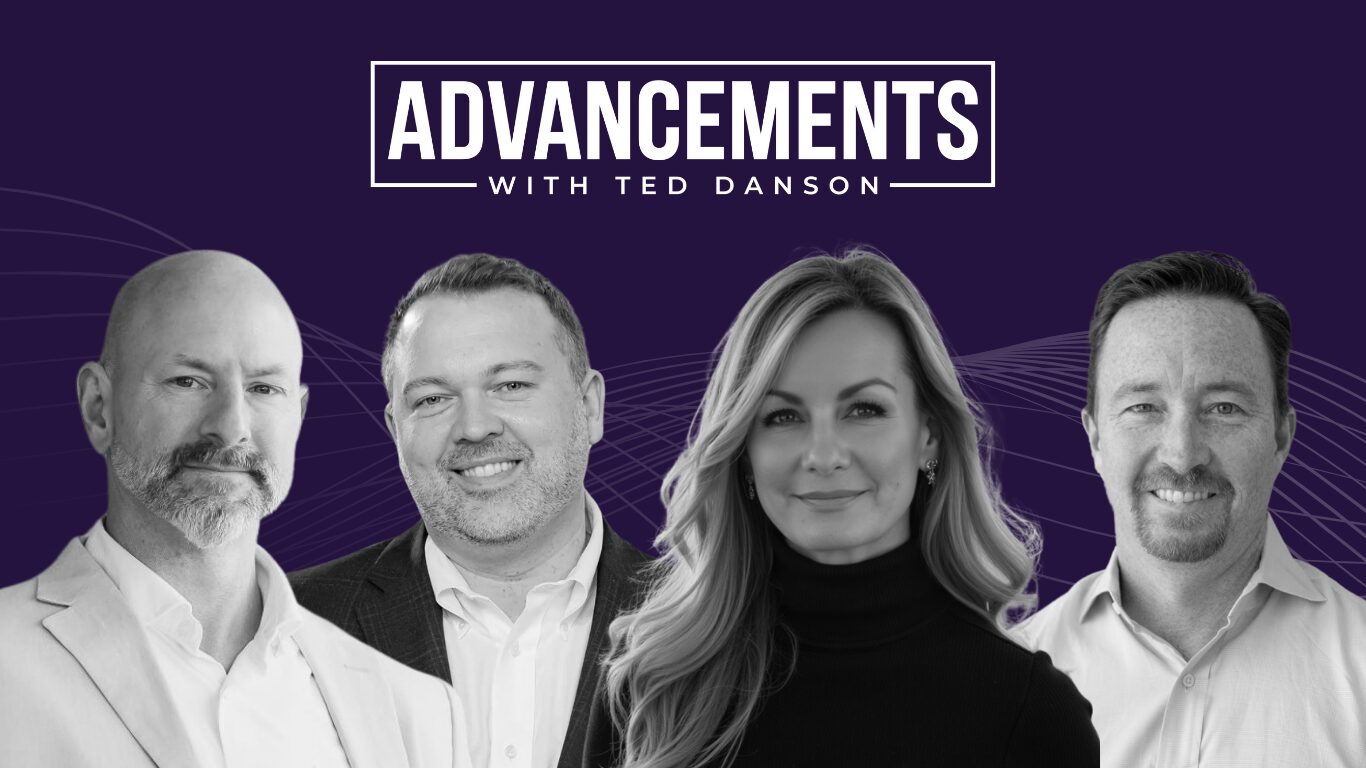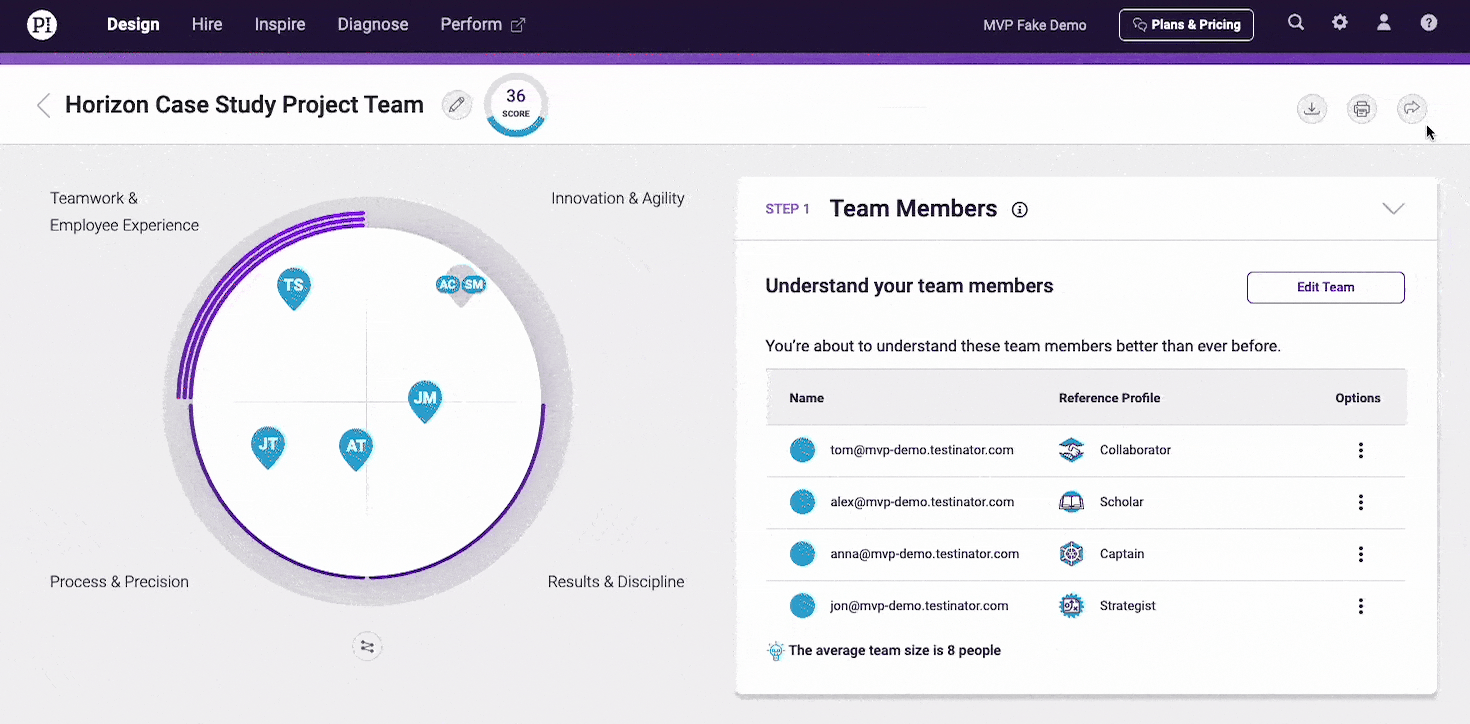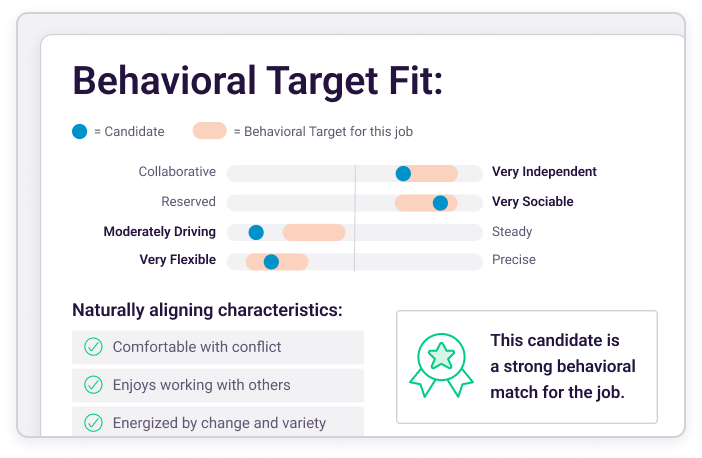There’s an inherent sensitivity to business intelligence, no matter the organization. So what constitutes “responsible usage” is a point of constant discussion.
Still, Amazon’s recent job posting soliciting two Intelligence Analysts who would have access to “actionable intelligence” raised some eyebrows. That access would include “sensitive topics that are highly confidential, including labor organizing threats against the company.”
As a Business Intelligence Analyst at The Predictive Index, it felt quite odd that some of my industry peers at Amazon, willingly or unwillingly, would be working against the primary rights of employees.
What’s the role of a BI analyst?
My primary responsibility as a BI analyst at PI is studying the available data within the company. Then, through realizing analytical patterns, we’re responsible for reporting them to relevant stakeholders. Typically, the goal here is increasing operational and financial efficiency by shedding light on the data analysis that matters.
This aligns with our department mission: to provide insights that help employees at every level of the company do their job more effectively. By creating value metrics, dashboards, and insightful visualizations, we directly support our company mission of “Better Work, Better World.”
As Business Intelligence Analysts, we also take on the enormous challenge of data governance. Typically, data is readily accessible through a number of platforms. That data may be personal, proprietary, geographical, or purely informational. Whatever the case, it’s our duty to preserve the data privacy and security of those individuals. We’re also tasked with ensuring their data can’t be used against them.
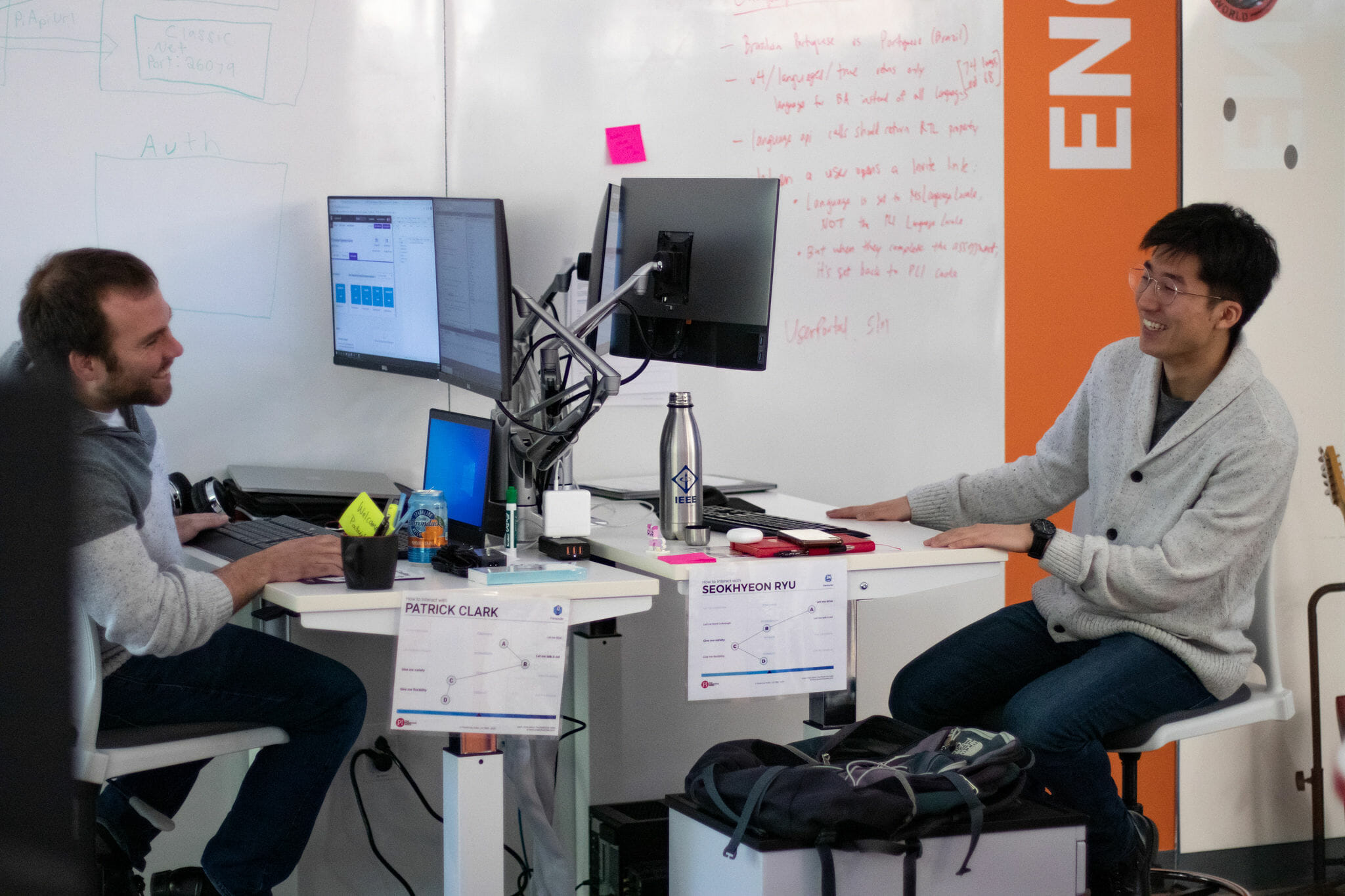
Where does it become problematic?
On the surface, Amazon’s approach to data is the complete opposite of responsible business intelligence usage. By posting the ad (which has since been removed), Amazon has made a clear statement. It has effectively encouraged the abuse of proprietary data for employees who are critical of the company. Names, departments, and the entire recruitment information on an employee could be used in a direct violation of data privacy.
Responsible usage of business intelligence does not mean leveraging it for the penalization of employees who exercise their freedom of thought, speech, and expression.
As noted by HBR, irresponsible data use occurs for a variety of reasons. One common factor is a lack of organizational checks and balances. In this case, it could lead to more oppression from the top down, creating an unequal environment in which employees are policed. Companies like Amazon are structured to create and maintain a dominant corpus that is overwhelmingly stronger than the employees.
Using BI with good intentions
Here’s an alternative approach: Track employee data in an effort to elevate their skills and match them with better opportunities within the company. Wield the people data at your disposal as a talent optimization tool.
At PI, we support our People Operations team by providing insights and recommendations on how we can improve our hiring process and land the best talent possible. We coach employees that have potential to perform better and we celebrate those who succeed. Using data to proactively penalize employees, however, is unethical business intelligence practice.
Business intelligence and data science help shape the future of our culture, both at work and outside of work. That’s why the focus should be on leveraging our data for good. Rather than using our people data to sniff out and monitor internal threats that may or may not exist, we should search for ways to proactively and positively apply it to our stated missions.
After all, Better Work, Better World won’t work if we’re using our most powerful tools to undermine trust in each other.
